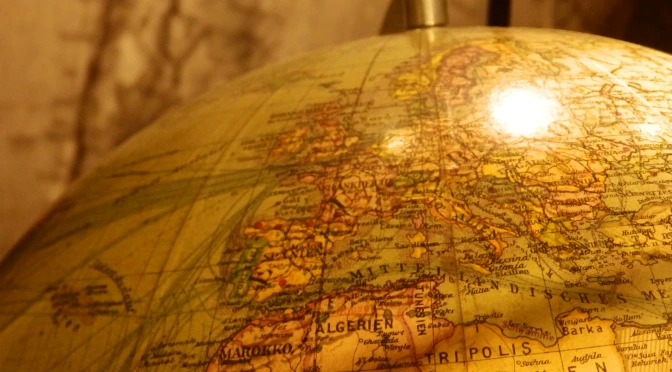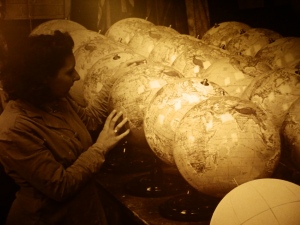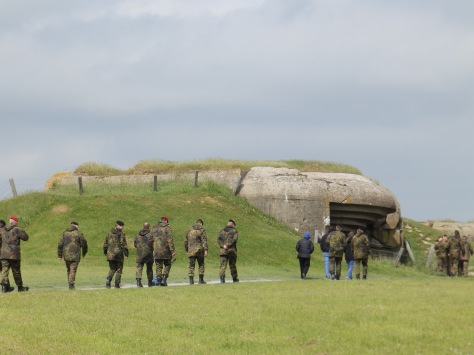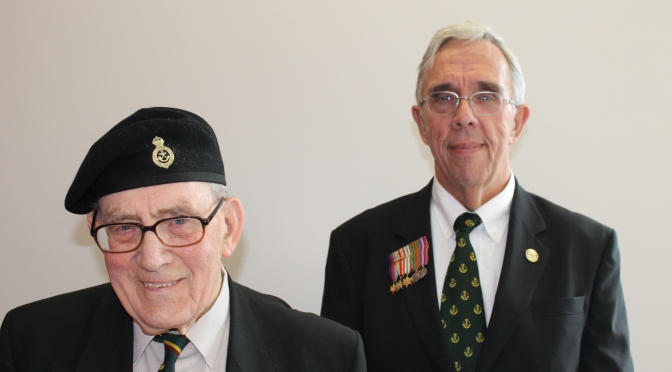
John Stevenson

Graham Stevenson
I met Graham Stevenson and his nephew, John Stevenson at a lunch held by L’association Libération de Berjou for the 70th D-Day Anniversary.
Graham, who is 89 years old, served with the Sherwood Rangers who landed on Gold Beach on D-Day. They were the first British battalion to enter Bayeux. Bayeux would become the first French town to be liberated on 7th June, 1944.
Two months later, the Rangers navigated their tanks to the village of Berjou to close the emerging ‘Falaise Pocket’.
Graham explains that it’s important to realise that 90% of the soldiers who fought during the Second World War had no training. Only a few battalions, such as the Sherwood Rangers, were privileged enough to have some preparation in warfare.
He also emphasizes that the real casualties in war are the women and children.
Graham landed in Normandy two weeks after the 6th June, 1944. Only a third of the original Rangers who landed on D-Day were still able to fight by the time of his arrival. They regrouped and waited another two weeks before they advanced to Tilly-Sur-Suelles.
He was in one of three tanks that advanced forward while the rest of the infantry followed not too far behind.
He explains: “The ‘Gerries’ used to call the tanks we were in ‘Tommy Cookers’, because of all the petroleum that was in them.”
An unseen, camouflaged German tank fired at the tank next to Graham’s which caused it to explode.
Consequently, the infantry pulled back; leaving the three tanks (one ablaze) alone.
Before Graham knew what was happening, these tanks were under intense fire. He remembers mortar bombs landing everywhere.
Graham stuck his head above the turret a few times and narrowly missed one of these mortar bombs. It hit the tank cover just below him and ricocheted off the tank.
Graham explains: “The tank commander was terrible… He just did not know what he was doing.”
The tank commander took up a gun and left the tank. When Graham next stuck his head above the turret in the midst of explosions, something hard hit him on the back of his neck. He assumes it was the body of his tank commander.
The wireless operator was also panicking. He left the tank and ran off.
Graham and his troop commander later both left the tank, leaving the driver and co-driver of the tank behind with the gun turret empty.
They ran down a narrow trail. Graham has since guessed that a German tank caught him in a gap through the hedges. Bullets were lodged into his right arm.
Follow me on Twitter @AnnieCDarling and use the hashtag #anniesddayblog to share your thoughts, images and videos with me!











